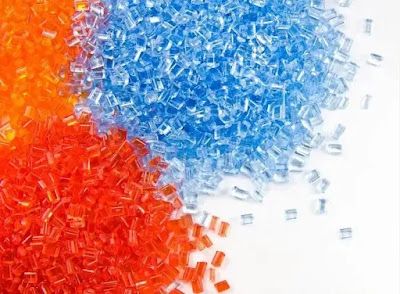What Are the Reasons Why Injection Molding Products Are Easy to Produce Bubbles?
1. The problem of plastic raw materials. If the plastic raw materials used contain water or other volatile substances, during the injection molding process, these water or volatile substances will be heated by high temperature and high pressure, evaporate into gas, and form bubbles.
2. Injection molding machine problems. If the operation parameters of the injection molding machine are set improperly, such as the injection temperature is too high or the injection speed is too fast, it will lead to the generation of bubbles. In addition, if the pressure of the injection molding machine is unstable or insufficient, it will also cause the air to be unable to discharge the mold and form bubbles.
3. Mold problems. If there are burrs, grooves and other defects on the inner surface of the mold, or the mold opening is not tightly sealed, bubbles will be generated during the injection molding process.
4. Problems with the injection molding process. During the injection process, the injection speed is unstable or the injection cycle is too short, which will make it difficult for the gas to be discharged from the mold and form bubbles. In addition, if the material is discharged immediately after injection molding, it is also easy to produce bubbles.
5. Properties of plastics. Different kinds of plastics have different physical and chemical properties, and some plastics are easier to produce bubbles during injection molding.
6. Environmental factors. Environmental factors such as temperature and humidity at the injection molding site will also affect the generation of bubbles.
7. Operator problems. When the operator is operating, there may be improper operation, such as opening the door of the injection molding machine during the injection molding process or rapid discharge, which can easily lead to the generation of bubbles.
In order to avoid the formation of bubbles, the following measures can be taken:
1. Optimize the ratio of raw materials and choose plastic raw materials with stable quality as far as possible.
2. Adjust the operation parameters of the injection molding machine, including injection temperature, injection speed, pressure, etc., so that it meets the requirements of injection molding products.
3. Optimize the mold design to ensure that the inside surface of the mold is smooth, without burrs and grooves, and the mold opening is tightly sealed.
4. Strictly control the injection molding process, and control the injection speed and injection cycle during injection molding to ensure that the gas can be smoothly discharged.
5. Carry out proper maintenance and maintenance to keep the injection molding machine and mold in good condition.
6. Strengthen the training of operators to ensure that they understand the principles and operation skills of injection molding processing, and can correctly operate the injection molding machine and mold to avoid bubbles.
7. By changing the injection molding environment, such as adjusting temperature, humidity and other factors, to reduce the generation of bubbles.
8. Adopt the gas discharge strategy during the injection molding process, such as setting the air valve in the mold, so that the air can be smoothly discharged from the mold.
9. Use injection molding simulation software to simulate injection molding process, analyze and optimize injection molding parameters, and avoid bubbles.
To sum up, the causes of bubbles in injection molding products are more complex, and a variety of factors need to be considered comprehensively. For different reasons, different measures need to be taken to solve the problem to ensure the quality and stability of injection molding products.

评论
发表评论